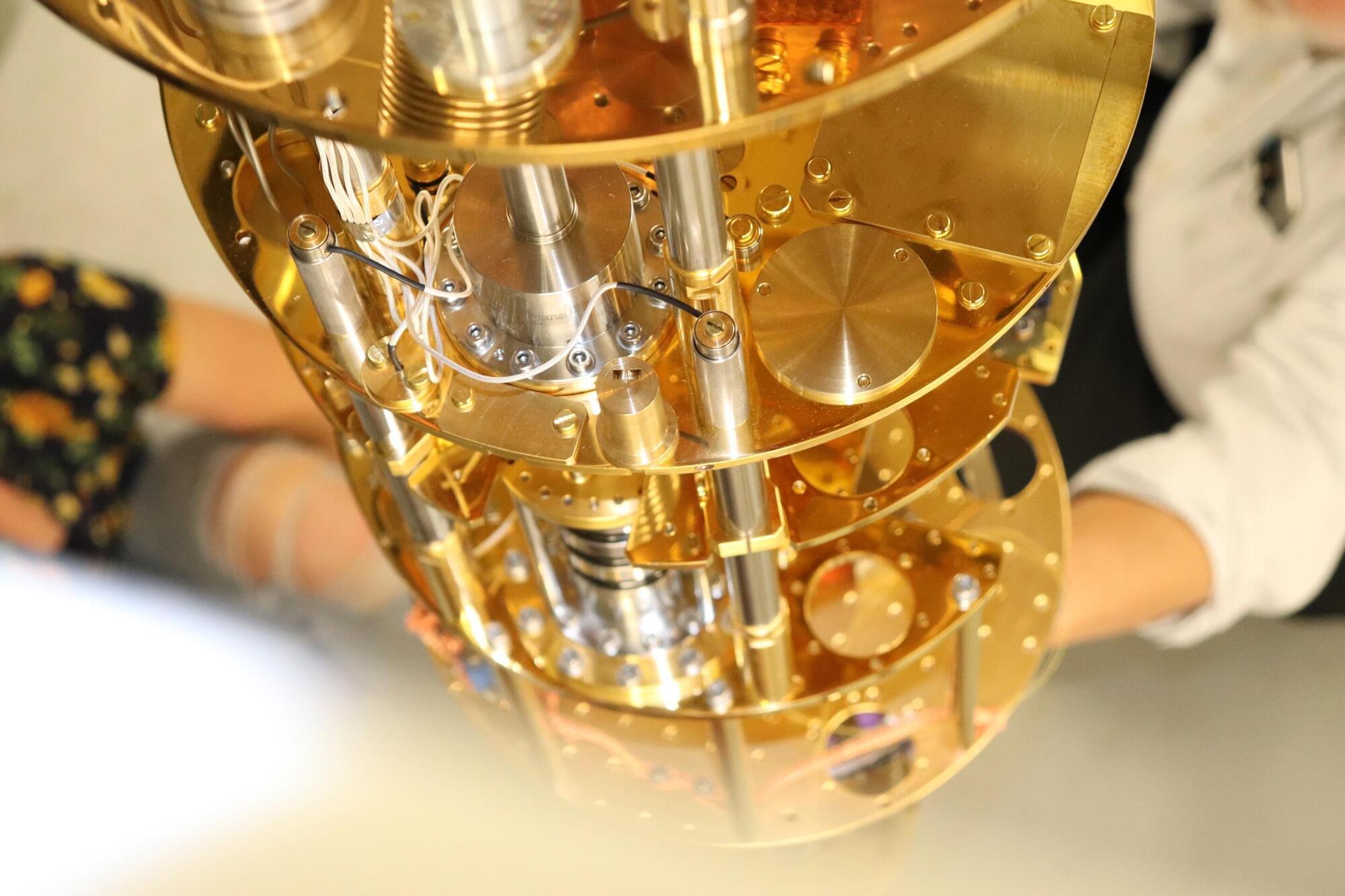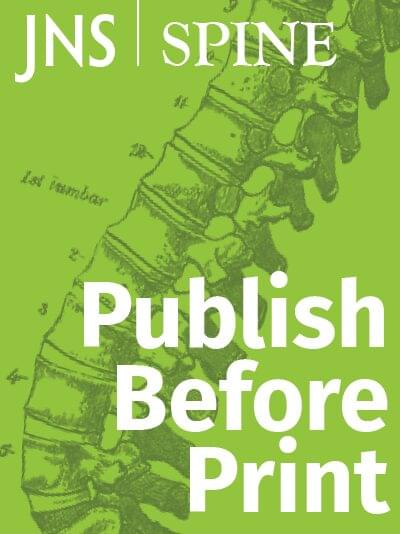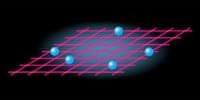Axions, hypothetical subatomic particles that were first proposed by theoretical physicists in the late 1970s, remain among the most promising dark matter candidates. Physics theories suggest that the interactions between these particles and regular matter are extremely weak, which makes them very difficult to detect using conventional experimental set-ups.
The HAYSTAC (Haloscope at Yale Sensitive to Axion Cold Dark Matter) experiment is a research collaboration between Yale, Berkeley and Johns Hopkins, aimed at detecting axions by searching for the small electromagnetic signals that they could produce within a strong magnetic field.
In a recent paper published in Physical Review Letters, the HAYSTAC collaboration has reported the results of the broadest search for axions performed to date, utilizing a technique known as quantum squeezing, which is designed to reduce quantum noise (i.e., random fluctuations that adversely affect their haloscope’s measurements).









